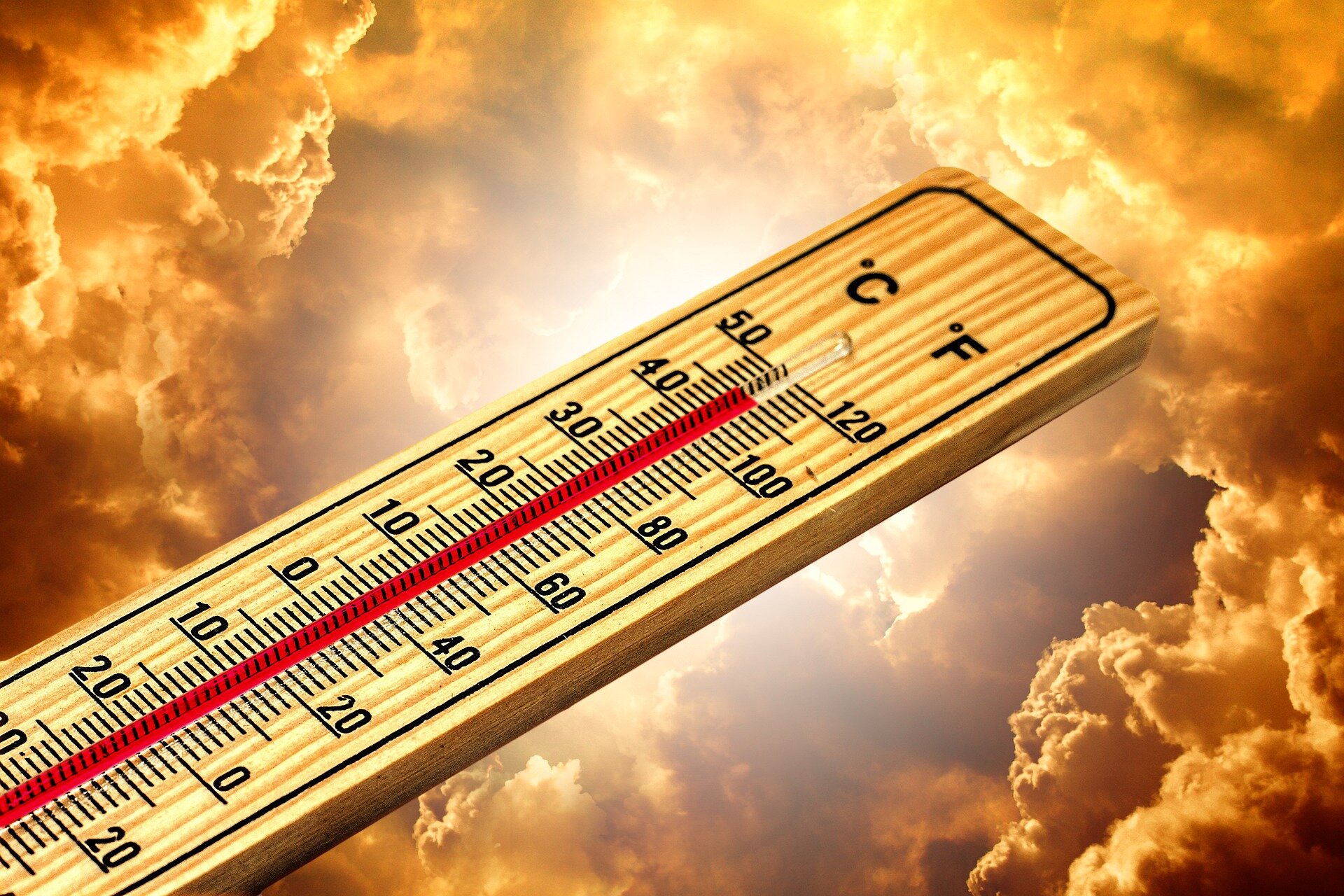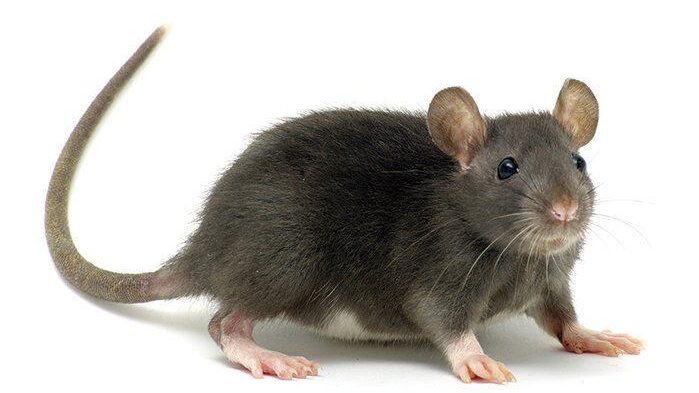- As Florida reels, focus turns to restoring power, assisting victims in Hurricane Milton's wake
- Ancient climate analysis reveals unknown global processes
- How mainstream climate science endorsed the fantasy of a global warming time machine
- A patchwork of spinifex: How we returned cultural burning to the Great Sandy Desert
- Humanity's future depends on our ability to live in harmony with nature
What do you believe is the single most important factor driving up the cost of living in Nigeria?

A patchwork of spinifex: How we returned cultural burning to the Great Sandy Desert
How can a desert burn? Australia's vast deserts aren't just sand dunes—they're often dotted with flammable spinifex grass hummocks. When heavy rains fall, grass grows quickly before drying out. That's how a desert can burn.
When our Karajarri and Ngurrara ancestors lived nomadic lifestyles in what's now called the Great Sandy Desert in northwestern Australia, they lit many small fires in spinifex grass as they walked.
Fires were used seasonally for ceremonies, signaling to others, flushing out animals, making travel easier (spinifex is painfully sharp), cleaning campsites, and stimulating fresh vegetation growth ready for foraging or luring game when people returned a few months later. The result was a patchwork desert.
After colonization, this ended. Without management, the spinifex and grassy deserts began to burn in some of the largest fires in Australia.
But now the work of caring for desert country (pirra) with fire (jungku, or warlu) has begun again. We are Karajarri and Ngurrara rangers who care for 110,000 square kilometers of the Great Sandy Desert. Our techniques have changed—we now drop incendiaries from helicopters to cover more distance—but our goals are similar. Guided by our elders, we are combining traditional knowledge with modern technologies and science to refine how we manage fire in a changing world.

- October 12, 2024
Archive tells of cracking ancient Greek language








- October 12, 2024
It's time to talk about how the media talks about sexual harassment
Subscribe to our mailing list to get the new updates!

Subscribe our newsletter to stay updated
Thank you for subscribing!





